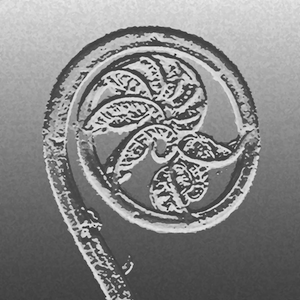
Cheilanthes formosana Hayata
Warning: count(): Parameter must be an array or an object that implements Countable in C:\Data\serverroots\htdocs\ThaiFerns\factsheets\functions.php on line 17
Family
Pteridaceae, subfamily Cheilanthoideae
Nomenclature
Cheilanthes formosana Hayata, Enum. Pl. Formos. 5: 612. 1906; Boonkerd & Pollawatn, Pterid. Thailand: 120. 2000. – Aleuritopteris formosana (Hayata) Tagawa, Acta Phytotax. Geobot. 14: 191. 1952; S.K.Wu, Mem. Fac. Sci. Kyoto Univ. Biol. 8: 155. 1983.
Cheilanthes farinosa auct. non (Forssk.) Kaulf.: Tagawa & K.Iwats., Fl. Thailand 3: 203. 1985, p.p.
Description
Rhizome short, erect to ascending, scaly; scales black in centre, margins paler, narrowly ovate. Stipes 5–12(–23) cm long, dark purplish to castaneous, polished, scaly at base; scales lanceolate, thin, blackish in centre and brownish at marginal portion. Laminae bipinnate, 5–10(–17) by 2–7 cm, oblong to lanceolate, covered with white or yellow waxy powder on lower surface; pinnae 4–6 pairs. Indusia free, not or slightly lacerate at margin .
Distribution in Thailand
NORTHERN: Chiang Mai, Chiang Rai, Lamphun.
Wider Distribution
Taiwan.
Ecology
On rocks in light shade in mixed deciduous forests at medium altitude.
Proposed IUCN Conservation Assessment
Data Deficient (DD). There is considerable taxonomic confusion in the genus Cheilanthes making accurate conservation assessments of many of the species difficult.
Notes
Cheilanthes is a difficult genus that needs more taxonomic research.
Warning: count(): Parameter must be an array or an object that implements Countable in C:\Data\serverroots\htdocs\ThaiFerns\factsheets\functions.php on line 17
Site hosted by the Royal Botanic Garden Edinburgh. Content managed by Stuart Lindsay, Gardens by the Bay, Singapore and David Middleton, Singapore Botanic Gardens. Last updated 24 January 2012